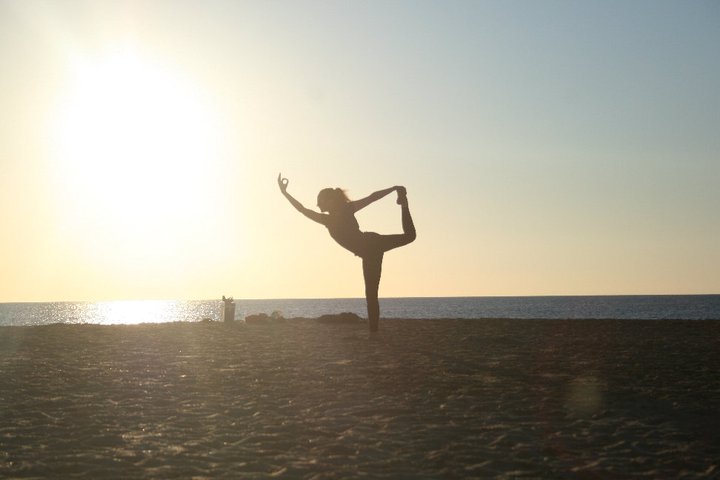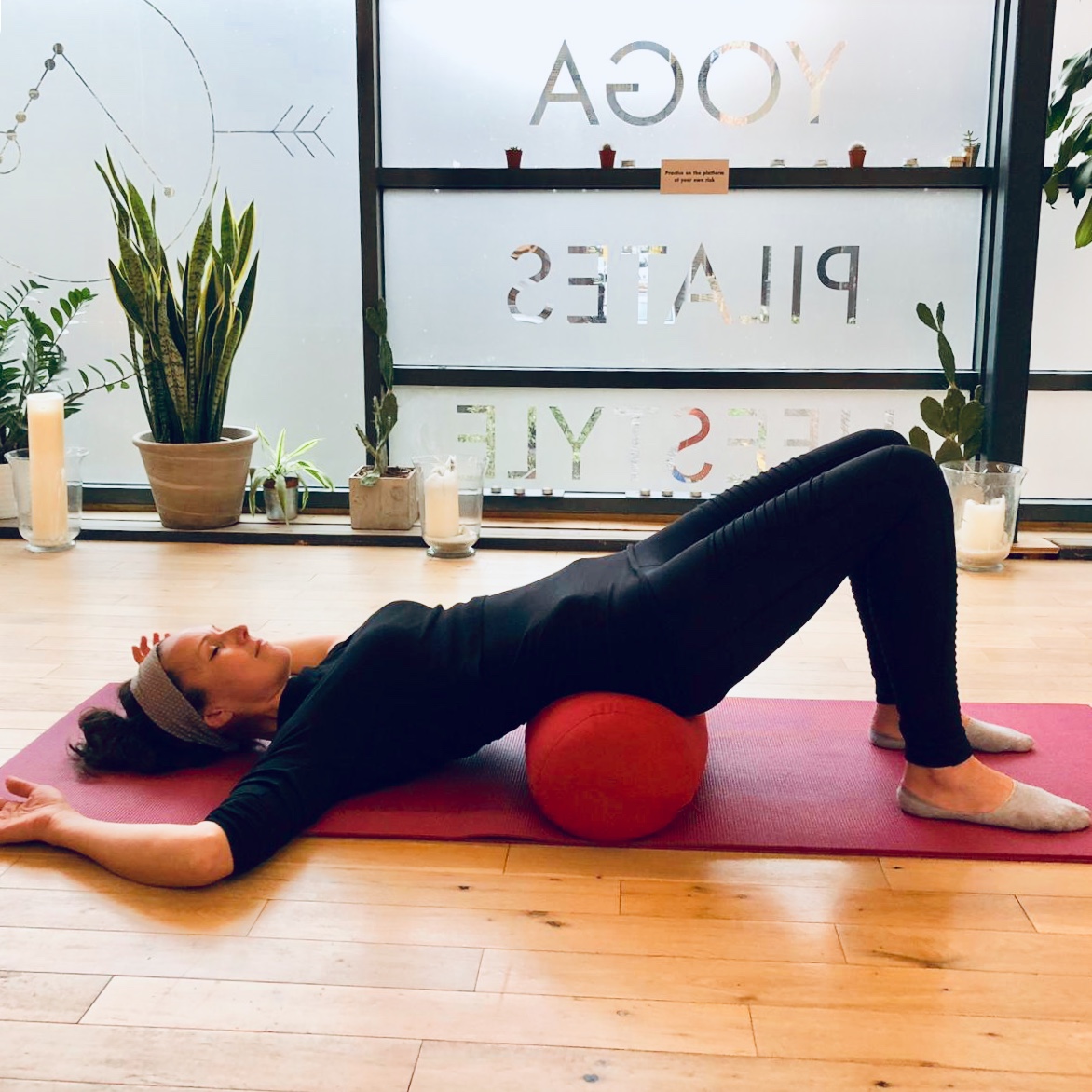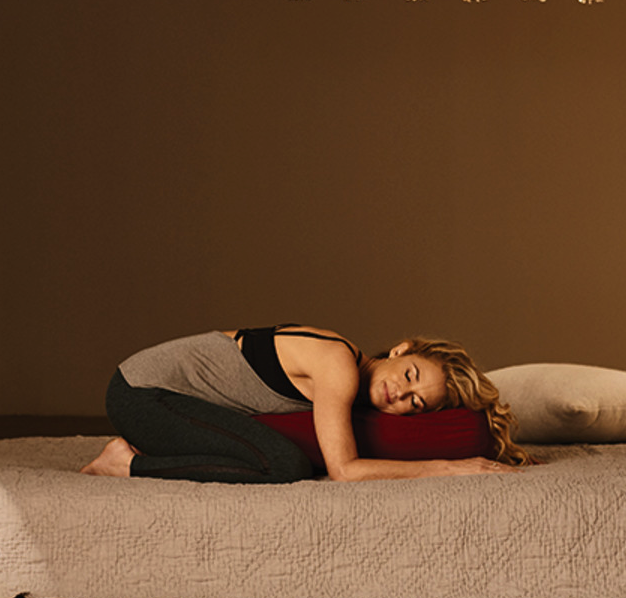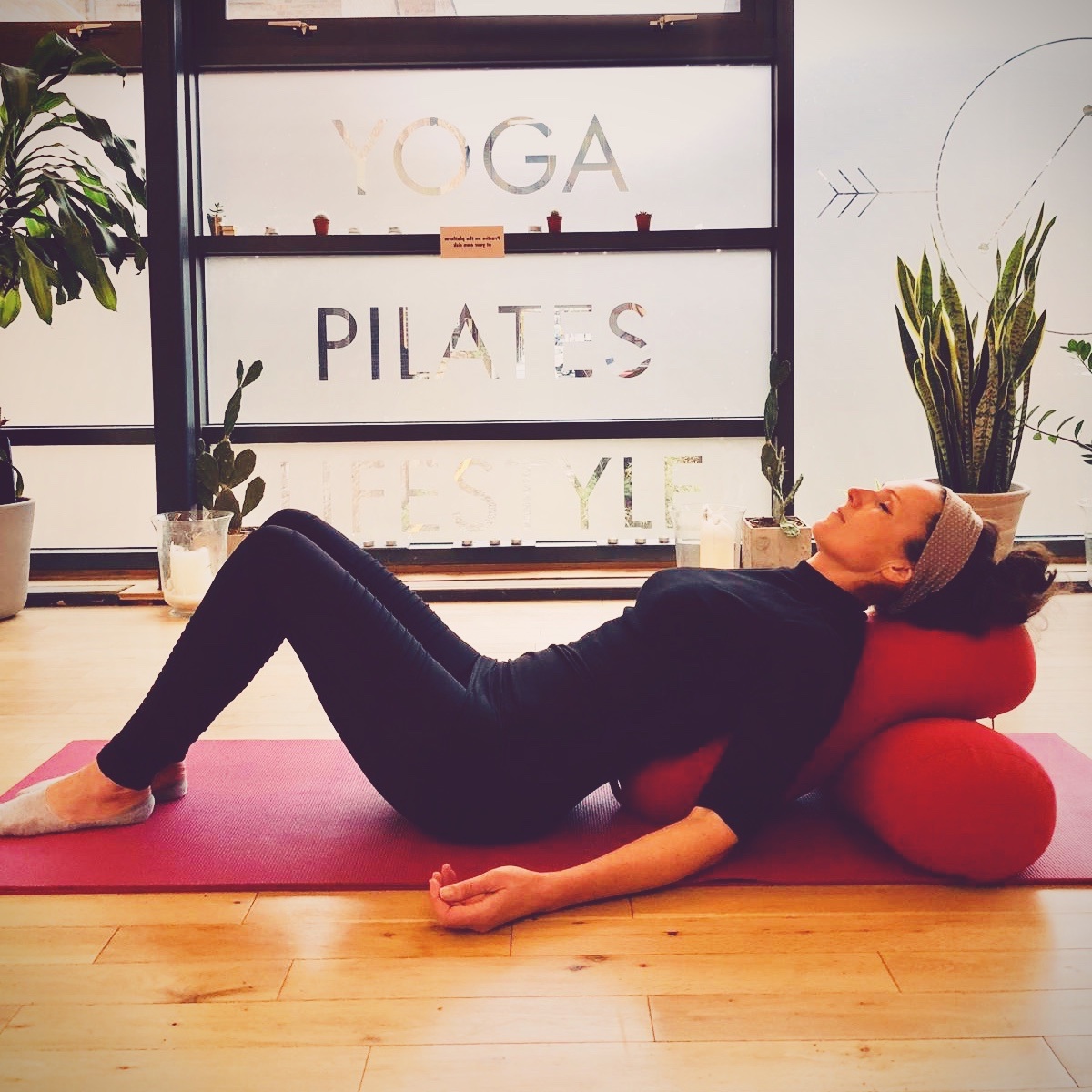Yoga & The Breath
During both my Yoga Teacher Training Courses in the UK (Devon School of Yoga) and Australia (Nature Care College in Sydney), the latter being a full time course over 10 months, we were taught to practice hundreds of different pranayamas (yogic inspired breathing exercises). I loved the way the breath created an instant change in my headspace, so much so I went on to study the breath focused programme, Art of Living and became an avid kundalini practitioner.
Within all these practices, classes and courses, I was given instructions of how to use the breath to make me feel a certain way, from energising breath exercises to calming breath exercises to allow thoughts to subside. Yet, none of these teachings looked at my individual breath pattern and they were all ‘controlled’ breath exercises much the ujjayi breath often practiced during yoga postures.
Even though I loved the power and strength yoga poses offered me, some asana (poses) would make me feel a little anxious and Camel Pose would nearly always make me feel sick! I was fascinated why certain postures would make me have such intense feelings while others seem to comfort and nourish. At the end of my teaching and yoga studies in Australia, and after much self enquiry, I was still niggled at why some physical postures made me feel less than comfortable.
Then, my life path bought me back to London where someone sprinkled me with magic dust – and I experienced my first Transformational Breath session.
A big penny dropped when in the first time in my life, the Transformational Breath facilitator, started to analyse my breathing pattern. He said: “You (yes you yoga teacher!) are not breathing well. There is tension around the belly and there is slight restriction within the ribcage and shoulders.” For years I had been practicing 100’s of breathing exercises, but all with my rather unhealthy ‘upper chest’ breath pattern. No wonder Camel Pose made me feel nauseous!
A full 90 minute Transformational Breath session later, under the guidance of a breathing expert, I felt like I had had my first ever real breath-work experience. Through the application of acupressure along with the movement and sound aspects, which are unique to Transformational Breath, I was able to switch from an upper chest breath to a belly breath and feel all the benefits that brings, including the most relaxed I had ever felt in my life.
I built a regular Transformational Breath practice into my day and would practice before my yoga routine and noticed a substantial shift in how I felt within the poses.

Breathwork therapies derive from spiritual practices dating back to 5,000 BC. Influenced by the ancient Vedic Yogic ‘prana’yama (breath / life-force control) and Tibetan Tantric Tummo,
Transformational Breath®, is unique from other forms of breathwork in the way that it utilises the entire respiratory system in combination with several other modalities.
I became fascinated with the fact that everyone breathes in a completely different way, so I started studying the breath patterns of the yoga student’s who came to my classes. A few weeks in, I realised, everyone was managing to physically look like they were in a yoga pose but no one, not a soul, was breathing well. I believe, we first need to understand our breath pattern and improve on this and then adapt our yoga postures to help us further develop a healthier respiratory system. Every yoga posture has on effect on how we breathe and vice versa.
Bringing our arms over our head for say, Warrior 1 pose will naturally lift the breath into the upper chest. If you are already an ‘upper chest breather’, with not much connection to the diaphragm, this pose could make you feel mildly stressed and even anxious as the breath will only reach the very upper part of the respiratory system. Warrior 1 pose is great if you are a belly breather as it will help lift the breath into the upper chest and can make you feel energised.
This is just one small example of how important it can be to learn how to breathe correctly or improve your respiratory system. It completely changed my yoga practice…and my life!
I still love yoga, yet I believe it is paramount to learn to breathe well first and then reap the deeper rewards a pranayama and asana practice can bring.
Yoga Poses to improve your Unique Breath Pattern

Diaphragm Release Pose
Great if you need the breath to be more active within the diaphragm.
Sit on a bolster or layered blankets and have your sitting bones on the front edge of the bolster.
Slowly recline back, first onto your elbows, and then onto your upper back, so your bottom is on the bolster and the hips fully supported and arms outstretched.
Keep your knees bent as you remain in this reclined backbend. Inhaling, notice the belly rise (as the diaphragm expands), exhale draw your attention to letting go and release any tension in the abdomen and shoulders.
Breathe with awareness for five minutes. This helps relax and release tension from the diaphragm and open the heart.

Rest and Digest Pose
Great to calm the mind and to bring awareness to any tension in the back of the body.
Sit in a kneeling positing and take a few breaths.
Have your toes touching and separate your knees.
Draw one or two bolsters (lay one on top of the other if your hips are quite tight) in towards your thighs.
Exhale and lay your torso down onto the bolster and have the head to one side.
Broaden your sacrum across the back of your pelvis and lengthen your tailbone away from the back of the pelvis.
Inhale and exhale here and notice the rise and fall of the belly on the thighs or the bolster.
Have the hands either by the sides of the heels, palms skywards or the elbows at shoulder height so they are in cactus shape.
Keep breathing in through the nose out through the nose. Bring your attention to the back of the body and notice the ribcage rising and falling with each breath.
Once you have held this position between 2 and 5 mins turn the head to the other side and stay with the pose for as long as is comfortable.

Heart Opening Pose
Perfect for bringing the breath more into the upper chest.
Lay a bolster down length ways to support the length of your spine. Use blankets to support the head too.
Sit with the base of the spine at the south end of the bolster and have the feet with the soles together and the knees apart. If there is any strain in the knees have the knees hip with apart and soles of the feet on the ground.
Once you are grounded in your seat gently and mindfully lie back on the bolster so the spine is fully supported by the bolster. Allow the breast bone to open and the shoulders to relax down either side of the bolster.
Allow the arms to lengthen with the palms of the hands shining upwards. Close the eyes and take some breaths in and out through the nose. On the inhale be aware of the chest expanding and opening.
On the exhale allow the shoulders, neck and face to relax. Allow the jaw to be relaxed ensuring there is space between the top and bottom jaw and keeping the lips closed.
Breathe deep into the hips and allow the whole body to let go. Enjoy this pose for up to 5 mins. If at anytime you are uncomfortable come out of the pose very slowly and mindfully.

